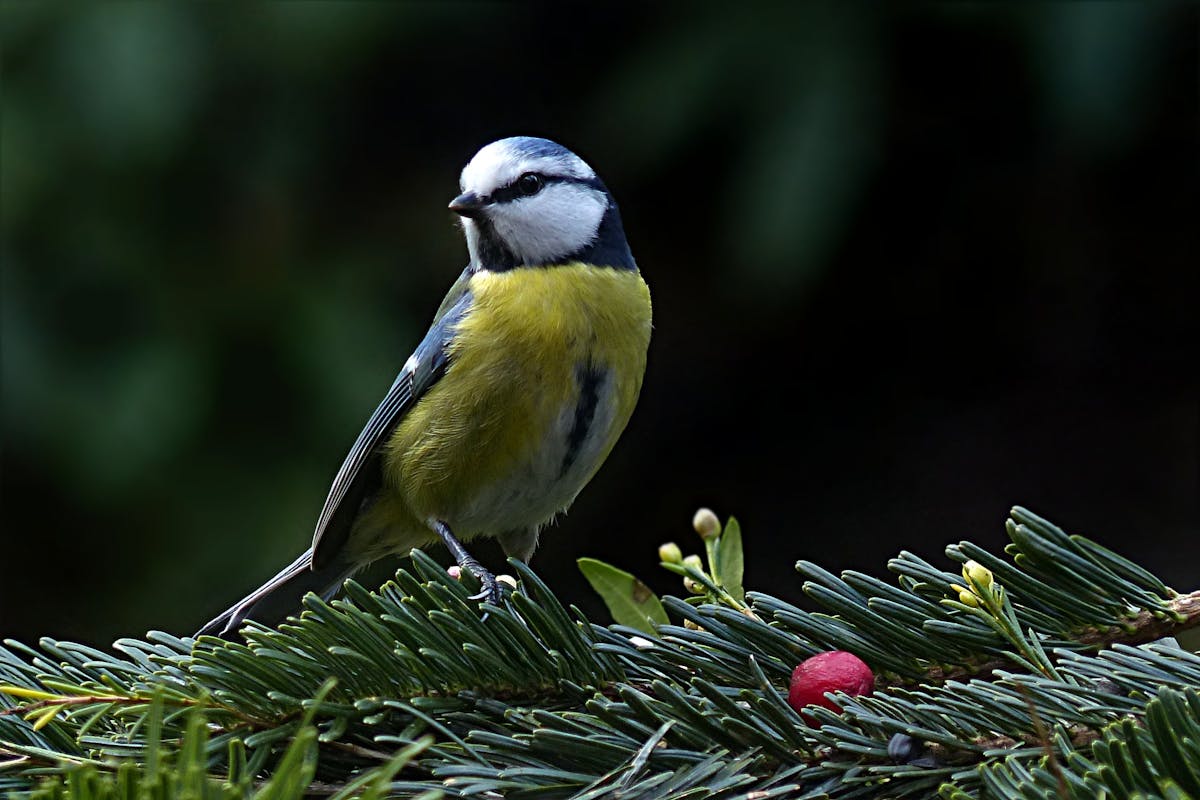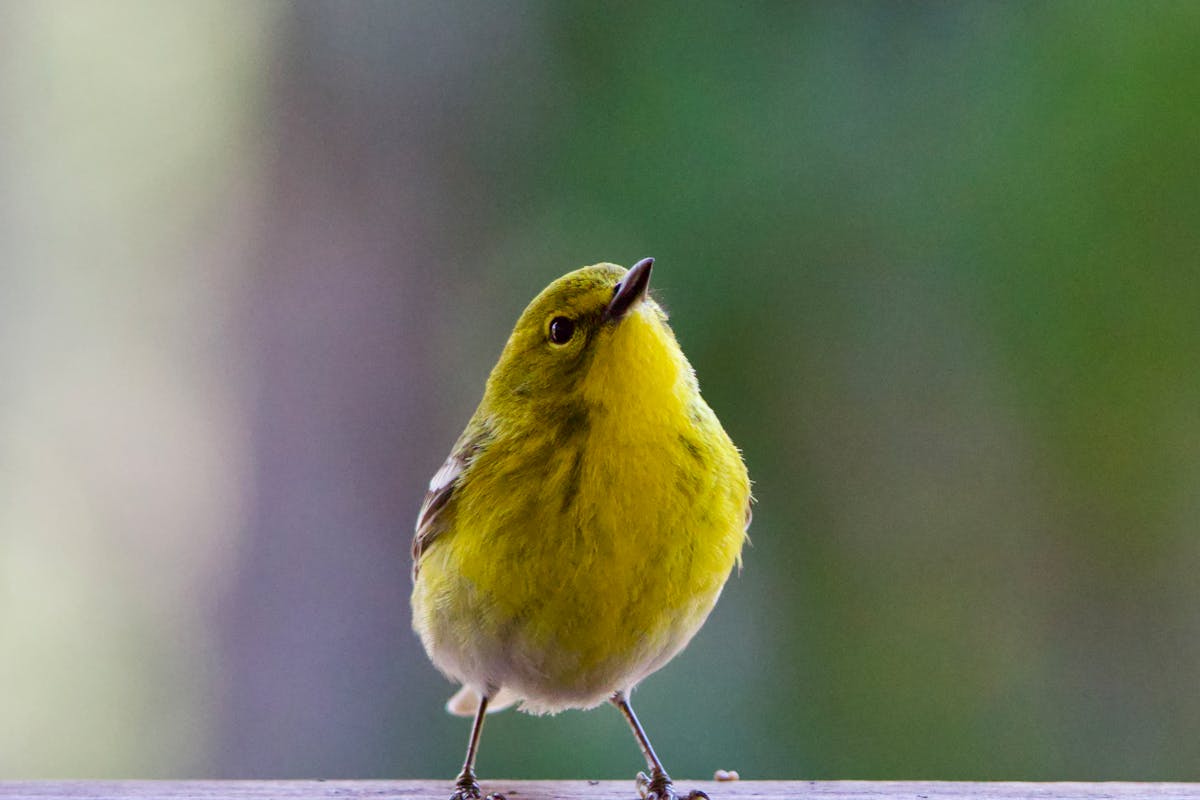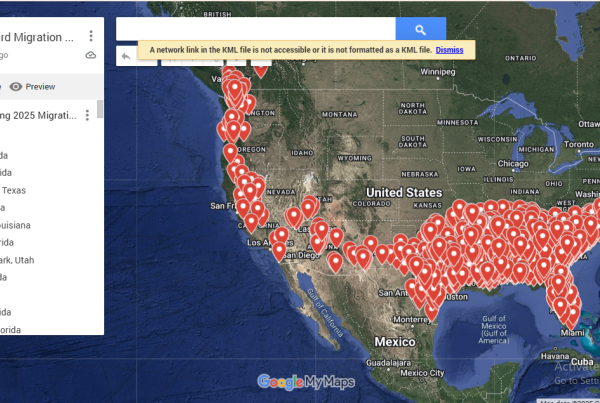
Pine Warbler
We’re going to meet with a pine warbler.
The Pine Warbler lives up to its name. It’s common in eastern pine forests and rarely leaves the pines. It’s hard to spot these yellowish warblers. They move in silence along the tall branches. With their heavy bills, they poke at clumps of needles.
Bird Introduction – Pine Warbler:
The pine warbler grows to a length of 4.75 to 5.5 inches (12 to 14 cm), with a wingspan of 9 inches (22 cm). It has an olive back and upper wings. There are white wing bars, a thin, pointed bill, and a yellow throat and breast. It is the only bird in the forest with a bright yellow throat and white wing bars.
These birds have white bellies and two white bars on their wings. They also have dark legs and long, pointed bills. Around their eyes, they sport yellowish “spectacles.” Adult males have olive upperparts and bright yellow throats and breasts. Females and young ones have olive-brown upperparts. Their throats and breasts are whiter.
Basic Info:
- SCIENTIFIC NAME: Setophaga pinus
- Lifespan: Under five years
- Size: 5–5.75 in
- Weight: 0.42 oz
- Wingspan: 8.75 in
Pine Warbler Range and Habitat:
They breed in open pine woods in eastern North America. These are permanent residents of southern Florida. Some, however, move to northeastern Mexico, Bermuda, and the Caribbean islands.
This bird was feeding with a flock of different species. It included wintering Blackburnian and Tennessee warblers.
Pine Warbler in the yard:
In winter, they eat.
-
millet
-
cracked corn
-
sunflower seeds
-
peanuts
-
suet from tall feeders.
The Pine Warbler, the only warbler that eats seeds, will join them. It may also eat fruits from shrubs and vines. These include bayberry, flowering dogwood, grape, sumac, and persimmon.

Pine Warbler Bird
Pine Warbler Breeding:
Pine warblers start building nests between late March and early June in the north. Nests are built typically between 8 and 12 meters above the ground. Birds mainly build nests on horizontal branches. They usually sit at a fork, which gives a strong base for attachment. Their tight cup nests use strips of bark, plant stems, pine twigs, and leaves. These materials are stitched together with silk from caterpillar cocoons or spider webs.
It lays a clutch of 4 spotted eggs, although 3 or 5 are laid very occasionally. The eggs are incubated virtually solely by females.









